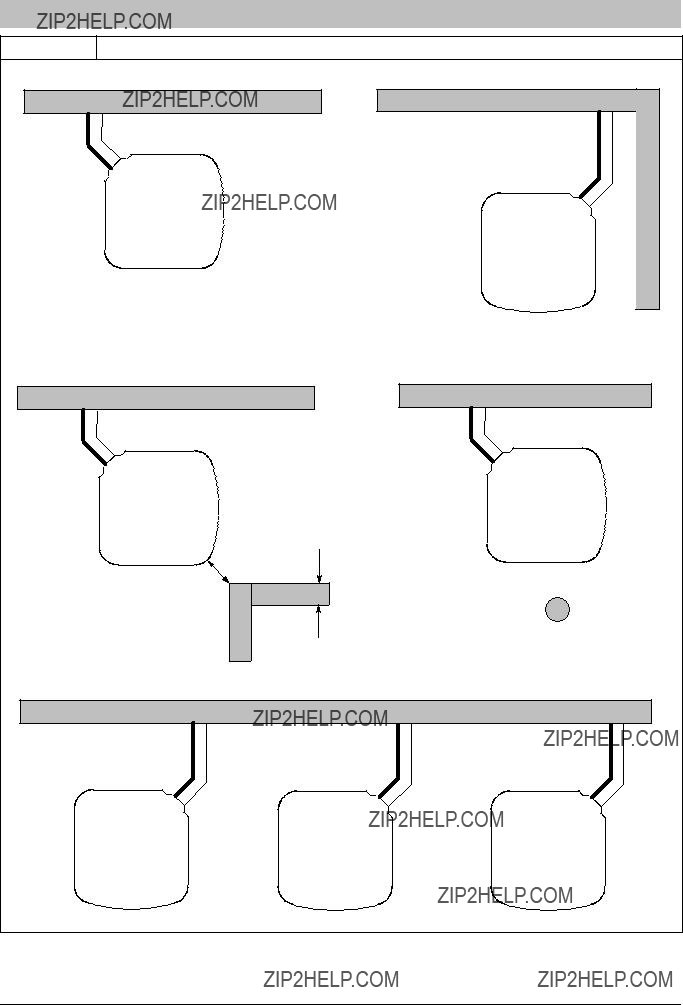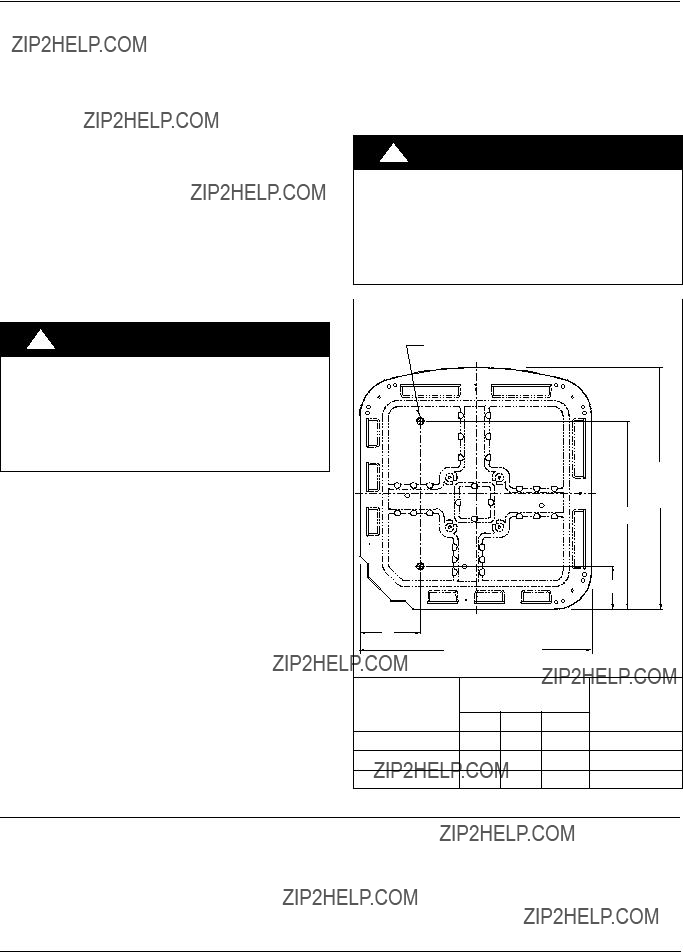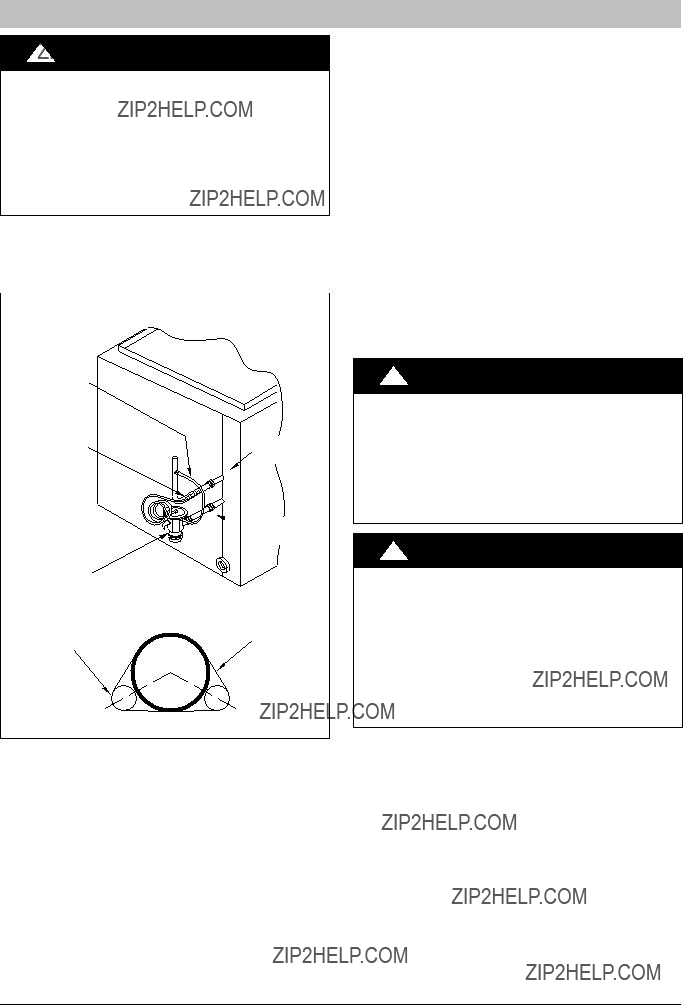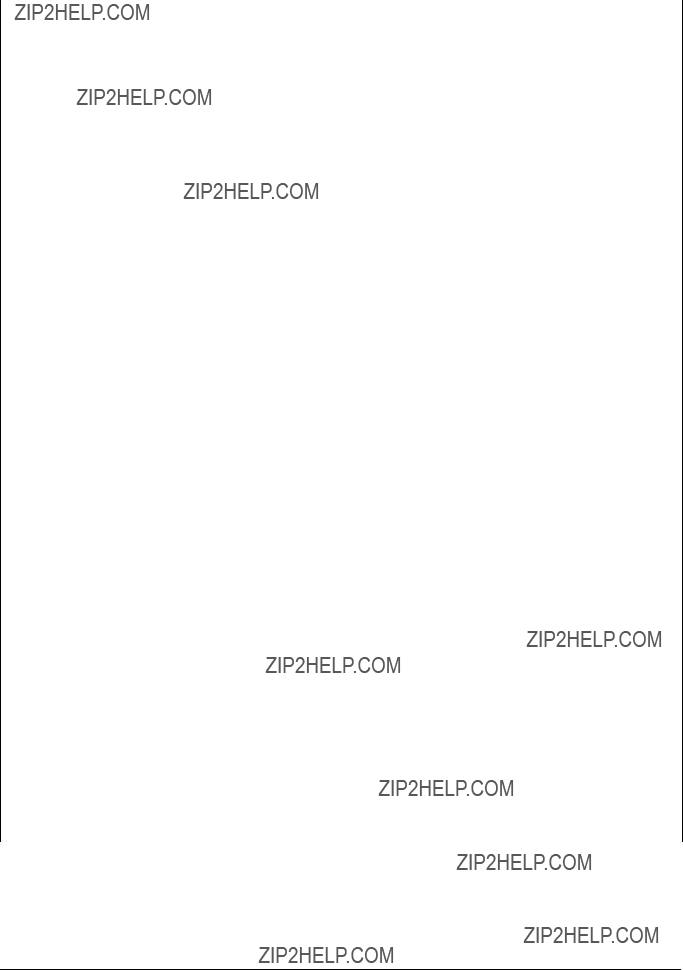
INSTALLATION INSTRUCTIONS
Product Family: N2H3, H2H3
These instructions must be read and understood completely before attempting installation.
Safety Labeling and Signal Words
DANGER, WARNING, CAUTION, and
NOTE
The signal words DANGER, WARNING, CAU??? TION, and NOTE are used to identify levels of haz??? ard seriousness. The signal word DANGER is only used on product labels to signify an immediate haz??? ard. The signal words WARNING, CAUTION, and NOTE will be used on product labels and through??? out this manual and other manuals that may apply to the product.
DANGER - Immediate hazards which will result in severe personal injury or death.
WARNING - Hazards or unsafe practices which could result in severe personal injury or death.
CAUTION - Hazards or unsafe practices which may result in minor personal injury or product or property damage.
NOTE - Used to highlight suggestions which will result in enhanced installation, reliability, or opera??? tion.
Signal Words in Manuals
The signal word WARNING is used throughout this manual in the following manner:
!WARNING
The signal word CAUTION is used throughout this manual in the following manner:
!CAUTION
Signal Words on Product Labeling
Signal words are used in combination with colors and/or pictures on product labels.
TABLE OF CONTENTS
506 01 5001 00 May 2007




 LIQUID
LIQUID



 BRASS NUT
BRASS NUT SWEAT/FLARE ADAPTER TUBE
SWEAT/FLARE ADAPTER TUBE







